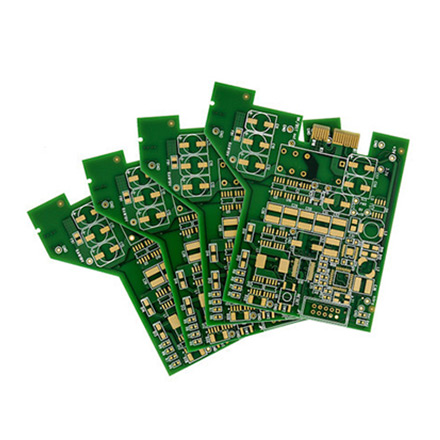

The Enigmatic Beauty of Reflective Mirror Glass
Reflective mirror glass, a captivating material that seamlessly merges functionality with aesthetic appeal, has been a vital component in contemporary architecture and design. This innovative material serves not only as a practical solution for reflecting light and images but also as a medium for artistic expression, transforming spaces into realms of wonder.
Reflective mirror glass is created through a meticulous process in which a thin layer of metal, often aluminum or silver, is deposited onto the surface of a glass substrate. The result is a sleek, reflective veneer that captures and bounces back light and images, creating an illusion of depth and space. This quality makes reflective mirror glass an invaluable resource in a variety of applications, from skyscrapers reaching toward the heavens to smaller, intimate structures like homes and art installations.
One of the most profound effects of using reflective mirror glass in architecture is its ability to create harmony between the built environment and nature. Glass facades, fitted with this reflective material, can blend seamlessly into their surroundings, allowing landscapes to be mirrored in urban settings. This symbiosis fosters a dialogue between nature and humanity, reminding us of the importance of preserving our environment even as we create and innovate.
Moreover, reflective mirror glass is instrumental in enhancing natural light within a space
. Its ability to bounce sunlight deeper into interiors reduces reliance on artificial lighting, leading to energy efficiency and a healthier living environment. Studies have shown that natural light can significantly enhance mood and productivity, making reflective mirror glass an efficient choice for commercial spaces such as offices, retail stores, and galleries.
Aesthetically, reflective mirror glass offers architects and designers an array of creative possibilities. It can create intriguing visual narratives, where the reflection adds layers to the experience of a space. For instance, in a gallery setting, artworks can appear to dance off the walls, continuously shifting as viewers move through the space. This creates an interactive experience that engages visitors on multiple sensory levels, blurring the lines between art and environment.
The artistic potential of reflective mirror glass extends beyond traditional architecture. It has found its way into the realm of modern art, where installations often use this material to challenge perceptions and provoke thought. Artists like Anish Kapoor and Olafur Eliasson have utilized reflective surfaces in ways that manipulate viewer perspectives and encourage a deeper contemplation of existence. Their work often invites viewers to engage with their surroundings, urging them to consider the interplay of reality and reflection.
However, while the allure of reflective mirror glass is undeniable, it also poses some challenges. The reflective qualities can sometimes create glare and unwanted heat gain, impacting the comfort of the building’s occupants. Architects must carefully consider the orientation, placement, and integration of this material within their designs to mitigate potential drawbacks, ensuring that the beauty of the reflective glass complements the functionality of the space.
In conclusion, reflective mirror glass exemplifies a unique convergence of art, science, and environmental awareness. Its transformative power in architecture highlights the capacity of materials to connect the human experience with the natural world. As technology advances and design strategies evolve, the potential for reflective mirror glass will continue to inspire and shape the future of architectural innovation, inviting us to explore the reflections of our lives within the shimmering surfaces of our surroundings. This material, with its dual identity as both practical tool and artistic medium, will undoubtedly remain at the forefront of design conversations for years to come.